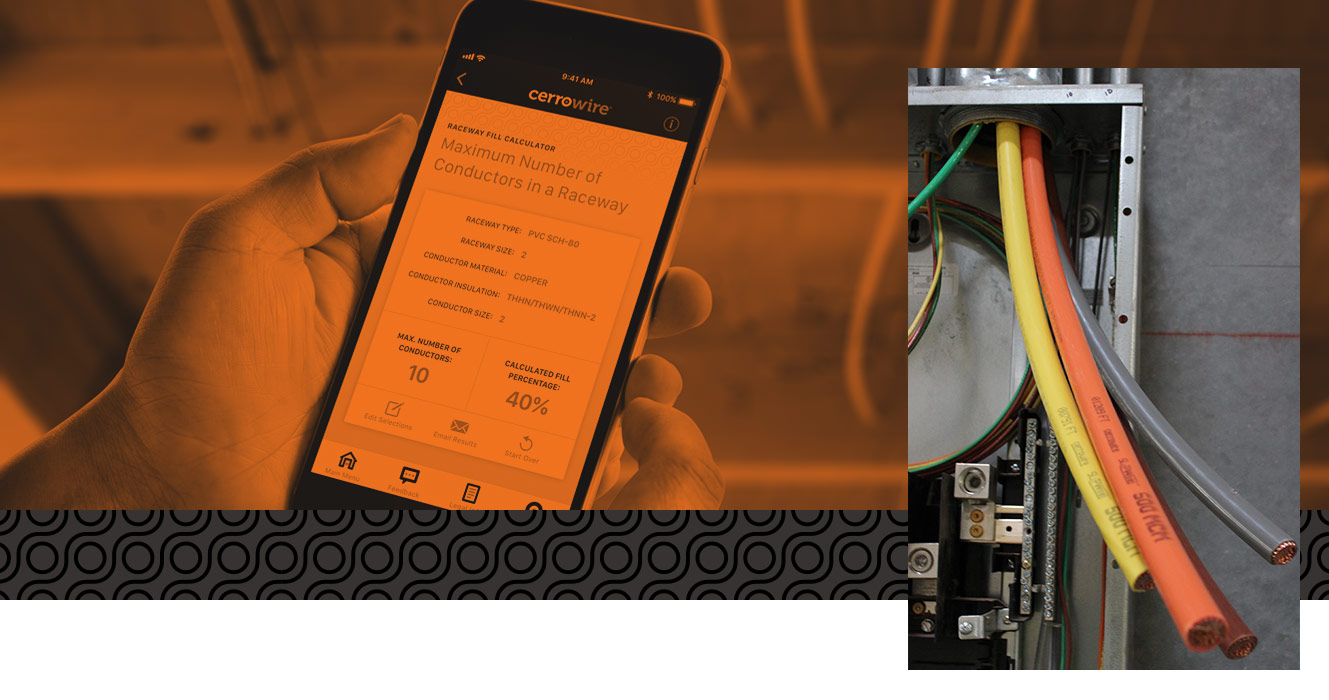What wyebread is recommending is crippled and insufficient.
From the manual for the Tracer 4210: image.png
Of course there's a little more loss going from the panels to the charge controller, but that's easy to keep under 3% if you use proper gauge wire, so it's basically even. And that's borne out by my tests. When I switch back and forth between parallel and series wiring when the sun is anything but at it's lowest, I get *exactly* the same watts from my panels. I'll gladly post charts for that if anyone is curious to see.



Leave a comment: